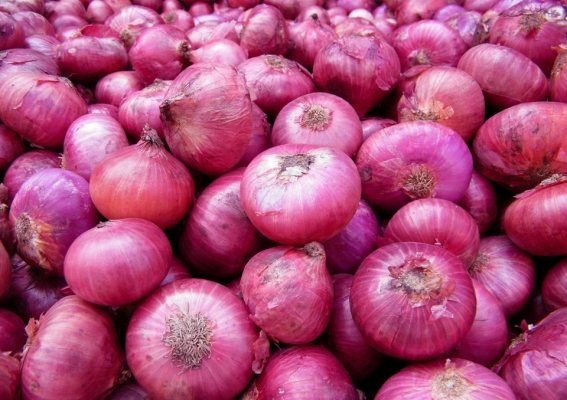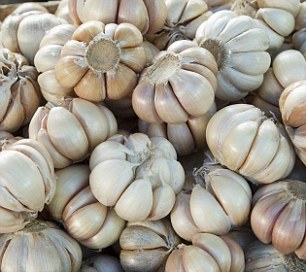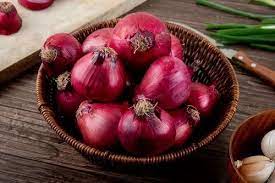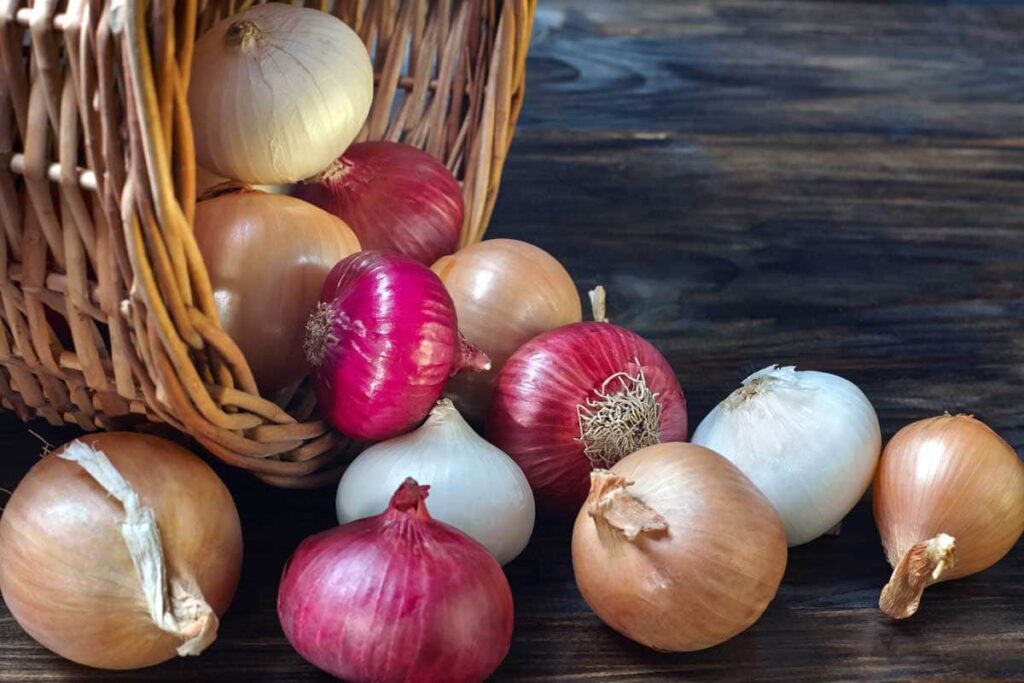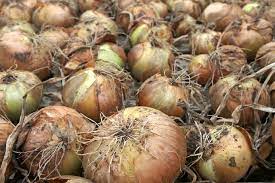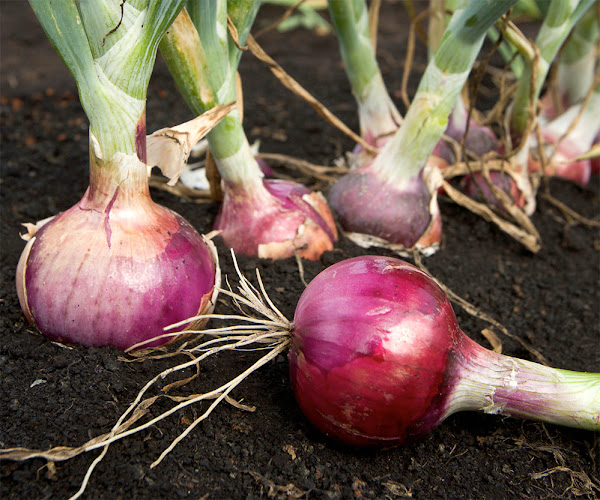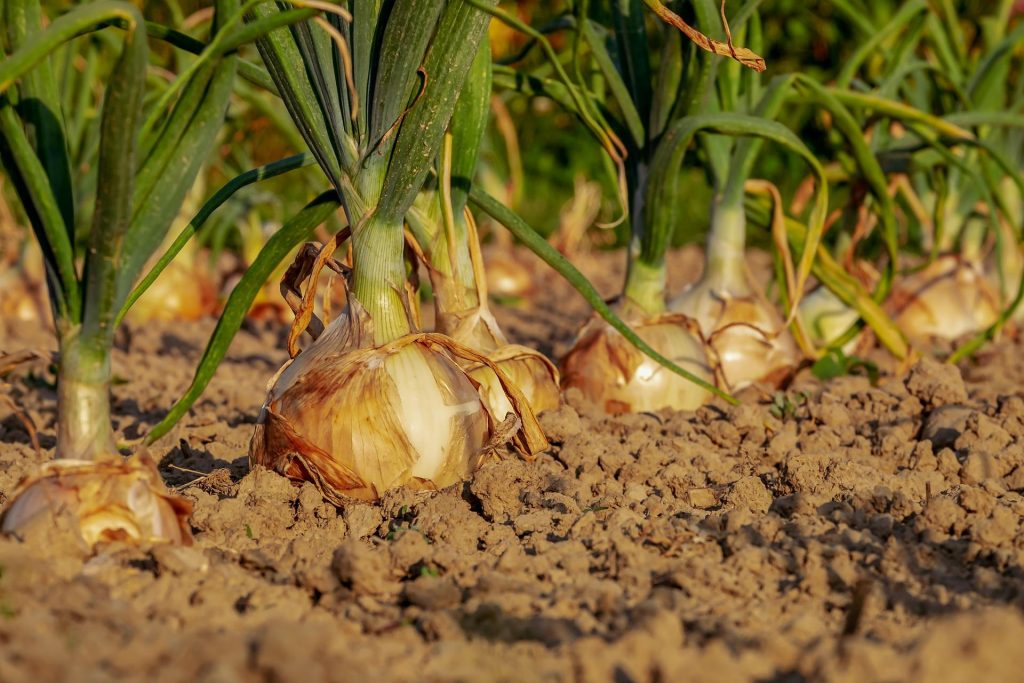Preventing Pests, Diseases, and Post-Harvest Losses in Onion Farming with Onion Doctor
Are you in need of in-depth knowledge on onion and garlic production? If yes, we are a call away. Contact us for: Onion seedlings, Garlic seedlings, Germinated garlic cloves, Farm planning services, Soil testing, training on onion and garlic growing, Drip irrigation installation and maintenance, Agronomic support, Onion and Garlic value pack and Farm management. For free consultation, placing orders or booking a visit with an agronomist, please contact us via Call or what’s app +254703982228, Email: Info@oniondoctor.co.ke. You can also check out our social media handles for daily updates on TikTok: https://www.tiktok.com/@oniondoctorke?_t=ZM-8wmsTu0qumO&_r=1 Instagram: https://www.instagram.com/oniondoctorke?igsh=MTVoaHF3aWUydTJzaQ==Facebook:https://www.facebook.com/share/16SwgYn2dG/ Youtube:https://youtube.com/@oniondoctorke?si=u5Jnd-r0qU9UDYqL and Twitter: https://x.com/OnionDoctorKe?t=FR3JXlS_oN1vjjUgAtfyzg&s=09 Delve into the world of onion farming in Kenya with Onion Doctor, and learn the essential practices to safeguard your crop against pests, diseases, and post-harvest losses. We’re here to guide you through the key steps in maintaining a healthy onion and garlic farm, from soil sterilization to post-harvest storage. By controlling pests, diseases, and optimizing crop nutrition, you can ensure the success of your onion farming venture. Crop Nutrition and Onion Pests and Diseases: Common Onion Diseases: Downy Mildew : Symptoms: Yellow-green patches on leaves, purple-gray fuzz on the undersides, stunted growth, and reduced bulb size. Management: Plant disease-resistant onion varieties, practice crop rotation, provide proper spacing for good airflow, and apply fungicides when necessary. Optimum nutrient management during establishment and vegetative growth are needed to ensure nutrients don’t limit bulb quality. White Rot : Symptoms: Wilting, yellowing, and rotting of leaves, brown lesions on bulbs, and white fungal growth. Management: Practice crop rotation with non-allium crops, remove and destroy infected plants, avoid excessive irrigation, and use disease-free sets/seeds. Botrytis Leaf Blight : Symptoms: Water-soaked lesions on leaves, grayish-brown fuzzy growth, leaf death, and bulb infection. Management: Maintain good airflow, practice crop rotation, remove and destroy infected plant material, and apply fungicides as needed. Common Onion Pests Onion Thrips : Symptoms: Silver-gray speckling and curling of leaves, stunted growth, and reduced bulb size. Management: Use yellow sticky traps, practice crop rotation, employ reflective mulches, and apply appropriate insecticides. Onion Maggots : Symptoms: Wilting, yellowing, and stunted growth of plants, swollen and discolored roots, and tunneling in bulbs. Management: Use floating row covers, practice crop rotation, avoid excessive nitrogen fertilization, and apply insecticides if necessary. Nitrogen and Potassium: Nitrogen and potassium are required to maximize bulb dry matter and size. Too much nitrogen softens the bulb and increases storage rot diseases. Excess N can also thicken the neck, resulting in greater disease entry. Calcium is particularly important for bulb density, integrity and long-term storage with minimal disease problems. Calcium has a major role to play in promoting long-term storage quality with minimal diseases problems. Post-harvest losses After curing and harvesting onions, they require sun drying in order to increase their shelf life. After this, they should be kept in cool and dry storages. Many farmers suffer significant post-harvest losses in this venture due to poor storage facilities and little knowledge of how to handle onions. Onion Doctor supports small holder farmers across Africa with quality and affordable Onion and Garlic seedlings, Onion seedlings, Farm planning services, Soil testing, Drip irrigation installation and maintenance, Agronomic support, Onion and Garlic value pack, Farm management, E-extension and on-farm training for farmers to optimize on yields and get maximum profits.
